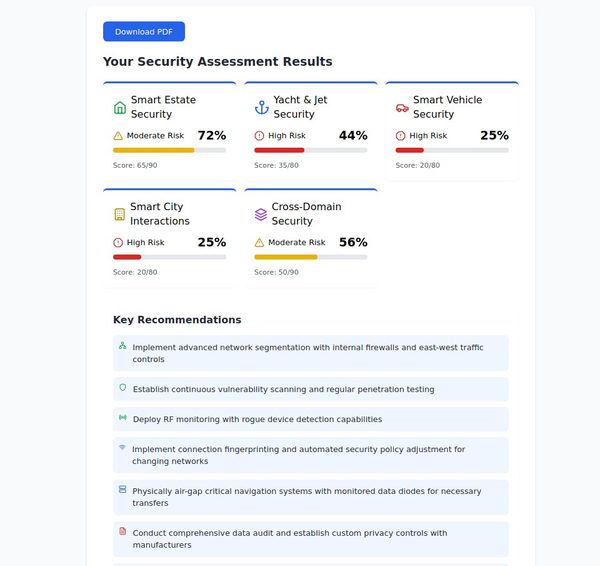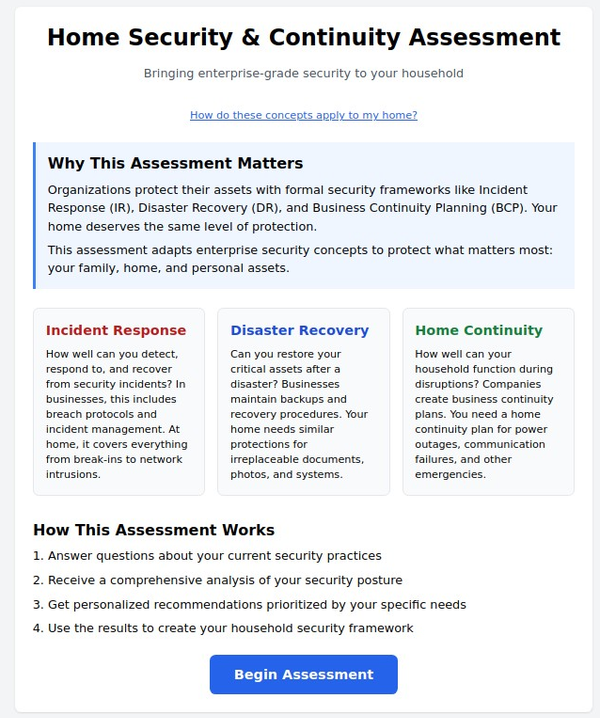The Rise of Robotics in Smart Homes: Exploring AI-Powered Assistants and Automated Tasks

Introduction: The integration of robotics in smart homes is reshaping the way we interact with and manage our living spaces. From AI-powered home assistants to automated cleaning and maintenance tasks, robotics technology is revolutionizing the concept of a smart home. In this article, we will delve into the rise of robotics in smart homes, exploring the capabilities of AI-powered assistants and the automation of various household tasks.
The Evolution of Robotics in Smart Homes:
a. AI-Powered Home Assistants:
- Introduction of Smart Speakers: The advent of smart speakers like Amazon Echo and Google Home brought AI-powered home assistants into mainstream adoption.
- Voice Recognition and Natural Language Processing: AI assistants use advanced algorithms to understand and respond to voice commands, enabling seamless interaction and control of smart home devices.
b. Enhanced Automation Capabilities:
- Cleaning Robots: Automated cleaning robots, such as robotic vacuums and mops, utilize advanced sensors and mapping technology to navigate and clean the home autonomously.
- Maintenance and Security Robots: Robots designed for maintenance tasks, like checking for leaks or monitoring security, provide additional support in keeping the smart home running smoothly.
AI-Powered Home Assistants:
a. Voice-Activated Control:
- Hands-Free Operation: AI assistants enable hands-free control of various smart home devices, allowing users to control lighting, temperature, entertainment, and more with simple voice commands.
- Personalized Experiences: AI algorithms learn user preferences and patterns, tailoring responses and recommendations based on individual needs and habits.
b. Integration with Smart Home Devices:
- Device Compatibility: AI assistants are designed to integrate seamlessly with a wide range of smart home devices, offering centralized control and management through a single interface.
- Interconnectivity: AI assistants facilitate communication and coordination among smart devices, enabling customized automation and synchronized operations.
Automated Cleaning and Maintenance Tasks:
a. Robotic Vacuums and Mops:
- Efficient Cleaning: Robotic vacuums and mops navigate the home autonomously, mapping the layout and systematically cleaning different areas.
- Advanced Sensors and Mapping: Built-in sensors allow robots to detect obstacles, avoid stairs, and create detailed maps for efficient cleaning.
b. Maintenance and Security Robots:
- Leak Detection and Monitoring: Robots equipped with sensors can detect leaks, water damage, or abnormal temperature changes, providing early warnings and minimizing potential risks.
- Surveillance and Security: Some robots are designed for surveillance purposes, equipped with cameras and sensors to monitor the home and notify homeowners of any security breaches.
Benefits and Considerations:
a. Increased Convenience and Efficiency:
- Time-Saving: Robotic assistants and automated tasks eliminate the need for manual labor, saving homeowners time and effort.
- Enhanced Accuracy: Robots can perform tasks with precision and consistency, ensuring thorough cleaning and efficient maintenance.
b. Integration Challenges:
- Device Compatibility: Compatibility issues may arise when integrating robots from different manufacturers, requiring careful consideration during selection.
- Learning Curve: Users may need to familiarize themselves with the operation and setup of robotics technology, especially for complex tasks.
Conclusion: The rise of robotics in smart homes brings new possibilities for automation, convenience, and enhanced living experiences. From AI-powered home assistants that respond to voice commands to robotic vacuums and maintenance robots, the integration of robotics technology is transforming the way we interact with and manage our homes. As the technology continues to evolve, homeowners can expect further advancements in robotics, offering even more innovative and efficient solutions for everyday tasks. Embracing robotics in smart homes opens up a world of possibilities, making our lives easier, more convenient, and more enjoyable.





